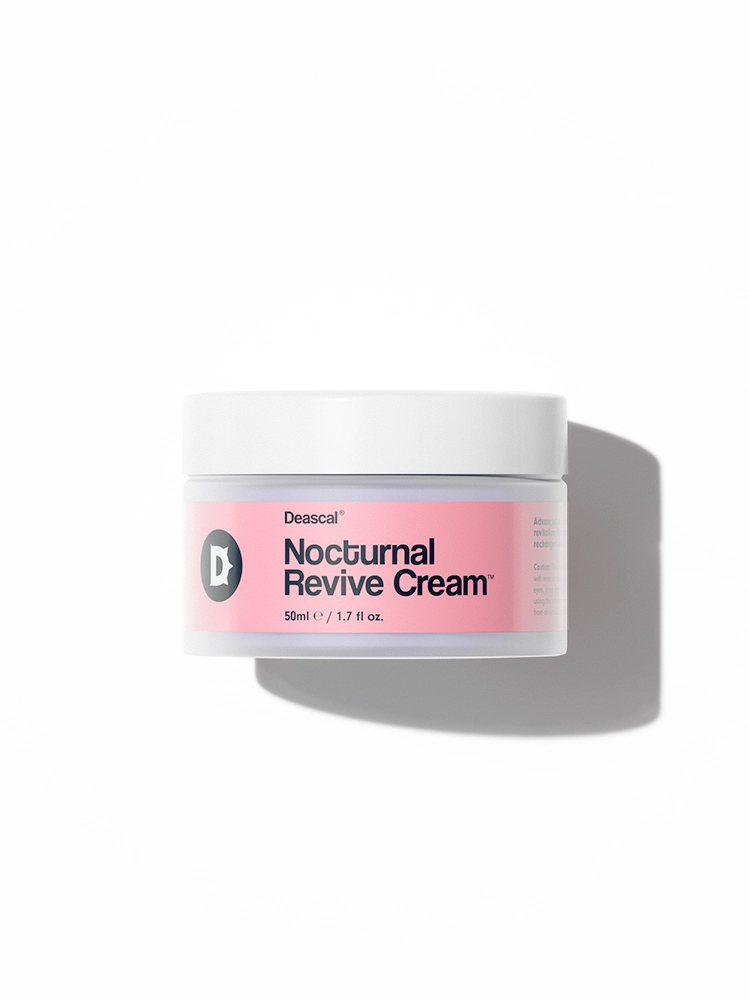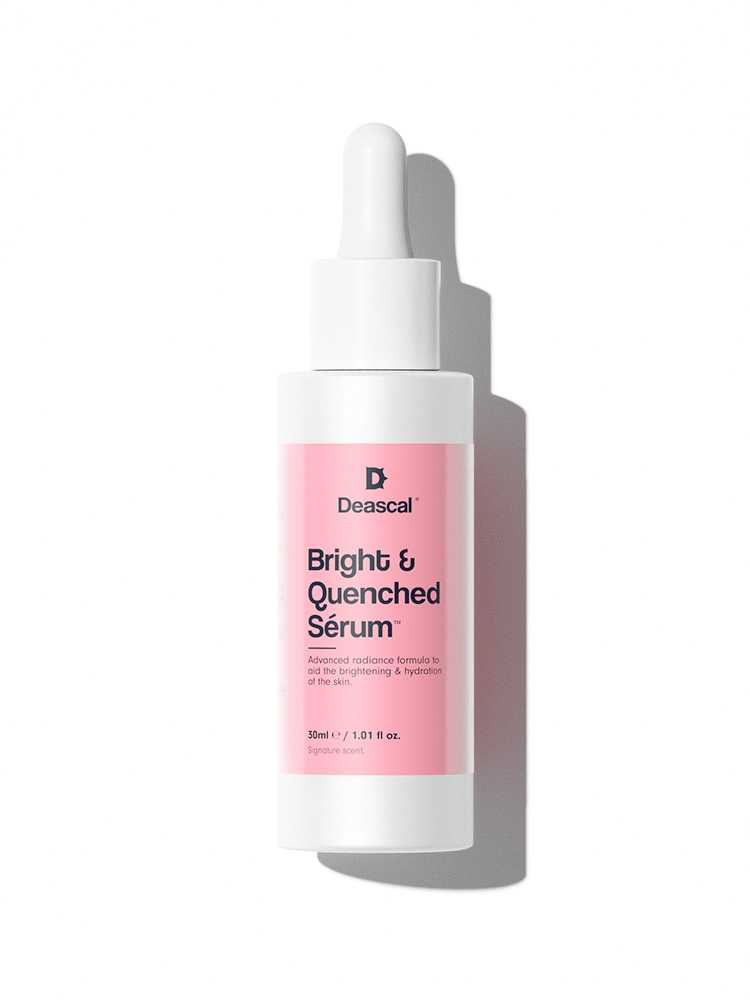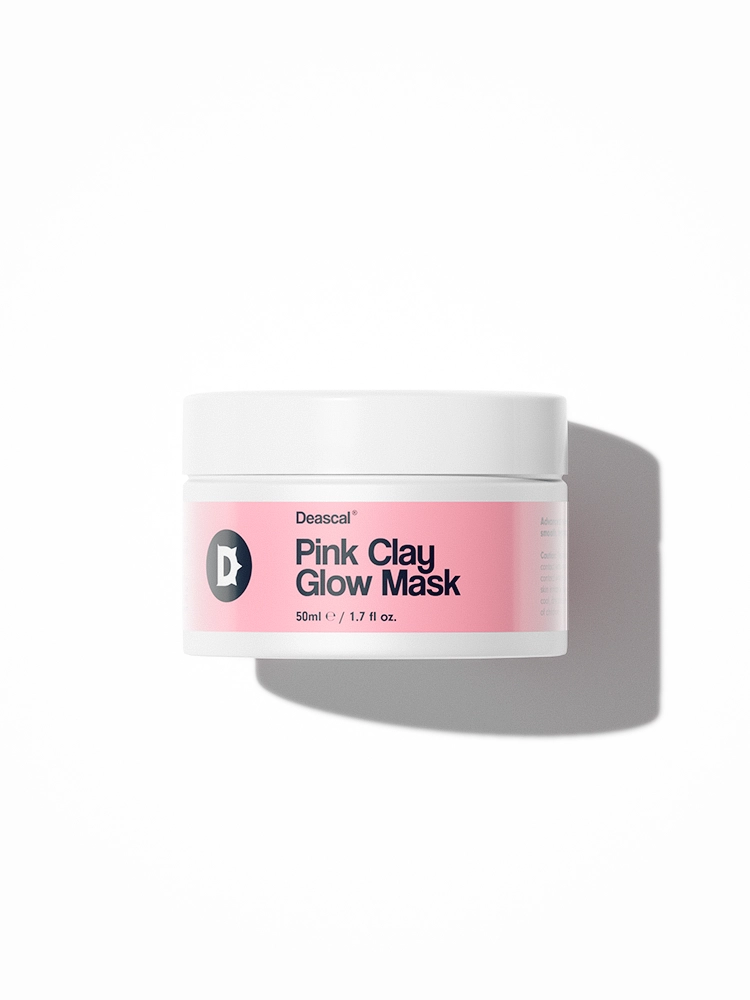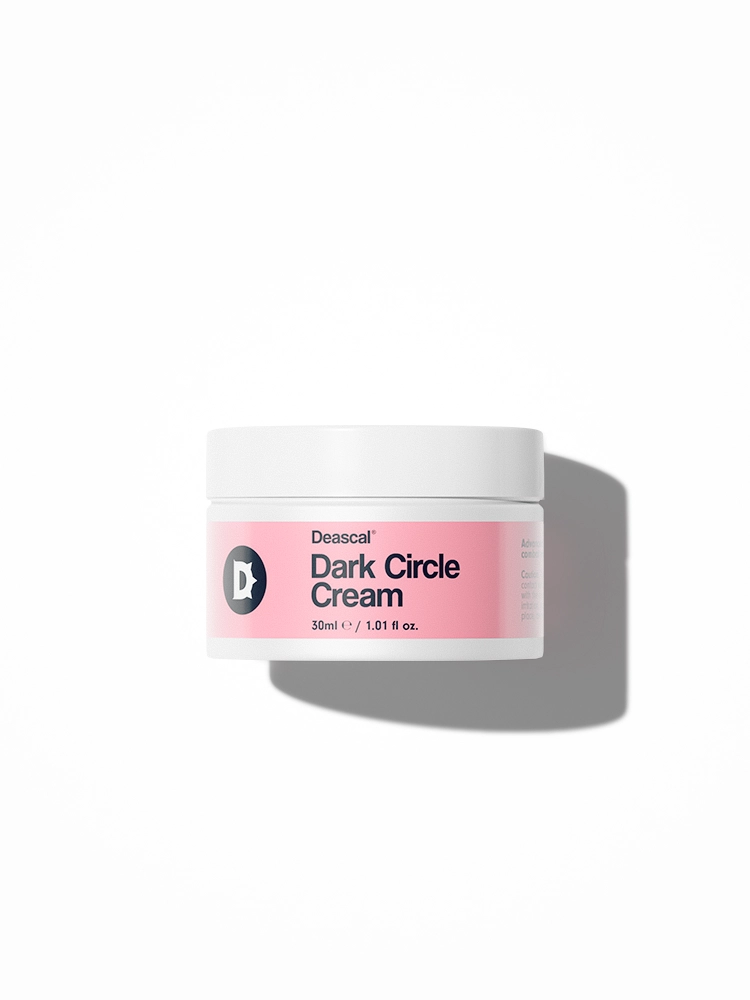Understanding Dark Circles
Dark circles are a common cosmetic concern, often making us look tired and older than we are. They appear as discolored or darkened patches under the eyes and can be accompanied by puffiness. But what exactly causes these pesky shadows, and how can we prevent or treat them? Let’s dive into the causes, prevention tips, and solutions to banish dark circles for good.
Common Causes and Solutions for Dark Circles
Dark circles can be caused by various factors, some of which may surprise you. Here are the usual suspects and how you can tackle them:
Lack of Sleep
The classic culprit. When you don’t catch enough Z’s, your skin becomes pale, and the blood vessels underneath become more visible. Sleep deprivation leads to stress, which releases cortisol in your body, increasing blood volume. This causes the veins under your eyes to dilate and become more prominent. Additionally, insufficient rest prevents the skin from repairing itself, leading to a dull and tired appearance.
Solution: Aim for 7-9 hours of beauty sleep per night. Your body (and under-eyes) will thank you. Consistent, restful sleep is crucial for skin regeneration and repair. Establishing a bedtime routine, such as reducing screen time before bed, keeping your bedroom cool and dark, and practicing relaxation techniques, can improve sleep quality and reduce the appearance of dark circles.
Genetics
If your mom or dad has dark circles, chances are you might, too. Genetic predisposition can influence the pigmentation and structure of your skin. Some people inherit thinner skin around the eyes, making the underlying blood vessels more visible. Others might have a tendency to develop more pigmentation in this area.
Solution: While you can’t change your genetics, understanding your predisposition can help you take preventive measures and choose the right treatments. Use eye creams with ingredients like retinoids and peptides to strengthen the skin and reduce visibility of blood vessels.
Age
As you age, your skin thins and loses fat, making the blood vessels more apparent. Collagen and elastin production decrease with age, leading to less firm and more translucent skin. This makes the dark blood vessels and hollows under your eyes stand out more.
Solution: Incorporate anti-aging skincare products with retinoids and peptides to help maintain skin thickness and elasticity. Regular use of moisturizing eye creams and serums can also improve skin texture and reduce the visibility of dark circles.
Allergies
Allergies can cause your eyes to itch, leading to rubbing and inflammation, resulting in dark circles. When you experience an allergic reaction, your body releases histamines, causing blood vessels to dilate and become more visible. The constant rubbing and scratching due to itching can damage the delicate skin around the eyes, leading to increased pigmentation and puffiness.
Solution: Treat allergies promptly to avoid itching and rubbing your eyes. Use antihistamines or allergy medications as needed to control symptoms. Keeping your living environment clean and free from common allergens, such as dust and pet dander, can also help. If you know what triggers your allergies, take steps to avoid exposure to these substances.
Dehydration
Not drinking enough water can make your skin look dull and your eyes sunken. Dehydration reduces the skin’s ability to stay plump and supple, causing it to look thin and lifeless. When your body lacks sufficient water, the eyes can appear sunken, and dark circles become more pronounced.
Drink plenty of water to keep your skin hydrated and healthy. Hydration is essential for maintaining skin elasticity and plumpness. Aim to drink at least 8 glasses of water a day, and incorporate hydrating foods like cucumbers, watermelon, and oranges into your diet. Avoid excessive consumption of caffeine and alcohol, as they can lead to dehydration.
Sun Exposure
Too much fun in the sun can increase melanin production, darkening the skin around your eyes. UV radiation stimulates the production of melanin, the pigment responsible for skin color. Excessive sun exposure can lead to hyperpigmentation in the delicate under-eye area, making dark circles more noticeable.
Solution: Protect your skin from harmful UV rays by applying sunscreen daily, even on cloudy days. Sunscreen prevents UV damage, which can cause hyperpigmentation and exacerbate dark circles. Choose a broad-spectrum sunscreen with an SPF of 30 or higher and apply it generously around your eyes. Sunglasses with UV protection and wide-brimmed hats can also shield the delicate skin around your eyes from the sun’s rays, preventing the darkening of this area.
Additional Prevention Tips
Preventing dark circles involves more than just addressing the causes. Here are some additional tips to keep those raccoon eyes at bay:
Eat a Balanced Diet
Foods rich in vitamins C, E, and K can help keep your skin looking vibrant and healthy. A nutritious diet supports overall skin health and can reduce the appearance of dark circles. Vitamin C promotes collagen production, Vitamin E protects against free radical damage, and Vitamin K helps with blood clotting and circulation. Incorporate foods like citrus fruits, nuts, leafy greens, and berries into your diet for optimal skin benefits.
Cold Compress
Apply a cold compress under your eyes to reduce puffiness and constrict blood vessels. Cold therapy can help reduce swelling and temporarily decrease the appearance of dark circles. Use a chilled spoon, a cold gel mask, or a bag of frozen peas wrapped in a cloth, and place it over your closed eyes for 10-15 minutes. This simple remedy can provide immediate relief and make your under-eye area look refreshed and rejuvenated.
How To Get Rid of Dark Circles
Dark circles can be a stubborn cosmetic concern, but with the right treatments, you can reduce their appearance significantly. Here are some effective solutions, ordered from the simplest to more advanced methods, to help you banish those pesky shadows:
Method 1: Dark Circle Creams
Dark circle creams are specifically formulated to target the pigmentation and puffiness under your eyes. These creams often contain a blend of ingredients like peptides, hyaluronic acid, and brightening agents such as vitamin C and niacinamide. Peptides help to strengthen and thicken the delicate skin, making the blood vessels less visible, while hyaluronic acid provides deep hydration to plump up the skin. Vitamin C and niacinamide are effective in reducing pigmentation and brightening the under-eye area. Consistent use of these creams can lead to a noticeable reduction in dark circles over time.
Method 2: Retinoid Creams
Retinoids are derivatives of vitamin A that can help thicken the skin and increase cell turnover, making blood vessels less visible. Using a retinoid cream specifically designed for the under-eye area can improve skin texture and reduce the appearance of dark circles over time. However, retinoids can be potent, so it’s essential to start with a lower concentration and gradually increase it to avoid irritation.
Method 3: Vitamin C Serums
Vitamin C is known for its brightening properties and ability to boost collagen production. Applying a vitamin C serum can help lighten hyperpigmentation and improve the overall radiance of your skin. Look for serums with a stable form of vitamin C and apply them in the morning to take advantage of their antioxidant benefits, which also help protect against sun damage.
Method 4: Cold Compresses
Applying a cold compress can help reduce puffiness and temporarily decrease the appearance of dark circles. The cold temperature constricts blood vessels, reducing swelling and discoloration. You can use a chilled spoon, a cold gel mask, or a bag of frozen peas wrapped in a cloth. Place it over your closed eyes for 10-15 minutes for instant refreshment.
Method 5: Hydrating Masks
Under-eye masks or patches infused with ingredients like hyaluronic acid, peptides, and antioxidants can provide intense hydration and plump up the skin. These masks can reduce the appearance of fine lines and dark circles by delivering a concentrated dose of skin-loving ingredients directly to the area. Use these masks as a weekly treat to keep your under-eye area looking bright and youthful.
Method 6: Chemical Peels
A dermatologist can perform chemical peels to reduce pigmentation and improve the texture of the skin around your eyes. Peels containing alpha hydroxy acids (AHAs) or beta hydroxy acids (BHAs) can exfoliate the skin, promote new cell growth, and fade dark spots. This treatment can be particularly effective for dark circles caused by hyperpigmentation.
Method 7: Laser Therapy
Lasers can target and reduce pigmentation and improve skin texture around the eyes. Different types of lasers, such as fractional laser and intense pulsed light (IPL), can be used depending on the cause of your dark circles. Laser therapy stimulates collagen production and helps break down excess melanin, leading to a brighter and more even-toned under-eye area. Always consult with a qualified dermatologist to determine the best type of laser treatment for your skin.
Method 8: Fillers
In some cases, dermatologists use fillers to add volume and reduce shadowing under the eyes. Hyaluronic acid fillers can be injected into the tear trough area to plump up the skin and smooth out hollows that create shadows. This treatment is particularly effective for dark circles caused by volume loss and can provide immediate and long-lasting results. Ensure you choose a skilled practitioner to perform this delicate procedure.
Embracing Your Natural Beauty
While there are many methods to reduce the appearance of dark circles, it’s important to remember that they are a natural part of life and often a normal characteristic of your unique beauty. Embracing your natural features can be incredibly empowering. Dark circles can tell a story of your hardworking lifestyle, late-night adventures, or genetic heritage. Instead of viewing them as flaws, consider them as part of what makes you uniquely you.
Feeling confident in your own skin is the best beauty secret of all. Sometimes, the most attractive thing you can wear is self-assurance and a genuine smile. Makeup can enhance your natural beauty without hiding who you are. A dab of concealer can go a long way, but don’t feel pressured to always cover up. Flaunt your features with pride and remember that everyone has their own insecurities, even those who seem flawless.
Ultimately, beauty is not just about flawless skin; it’s about radiating confidence and embracing who you are.




